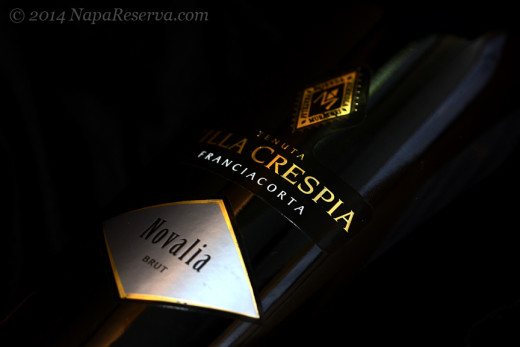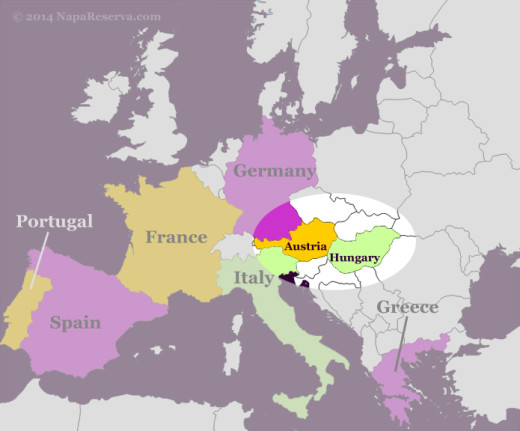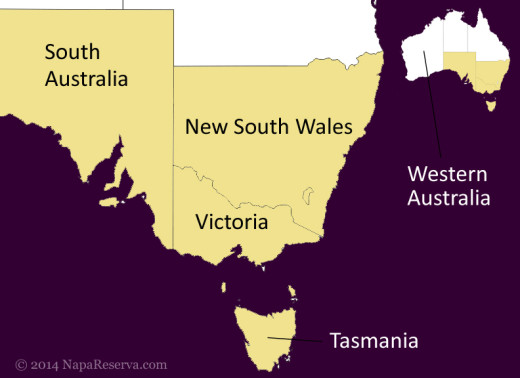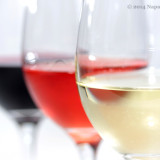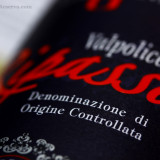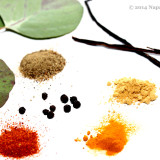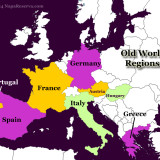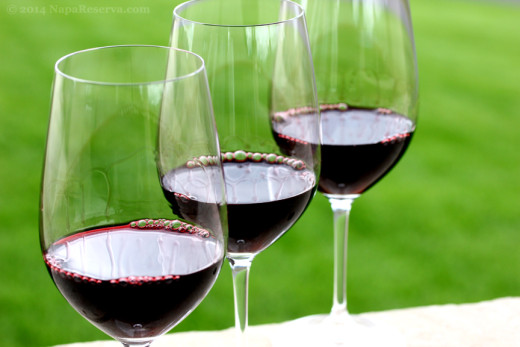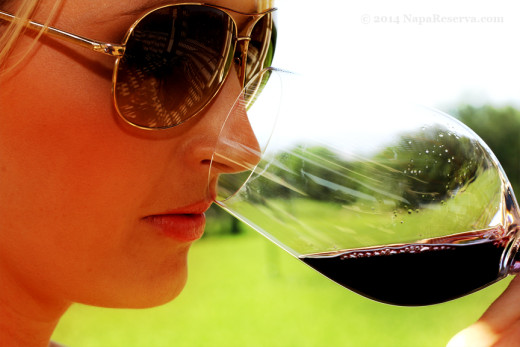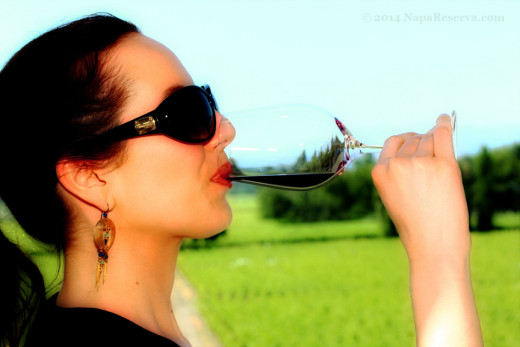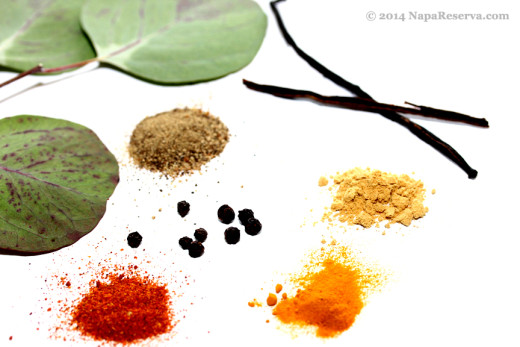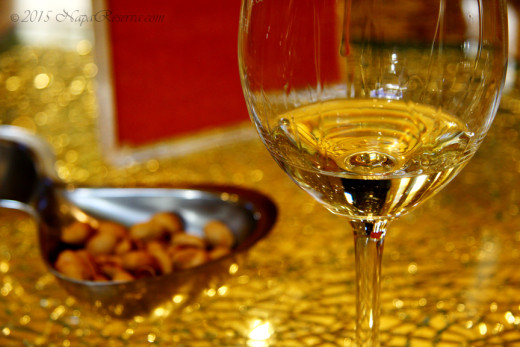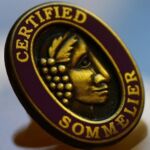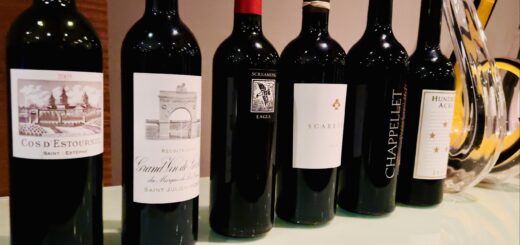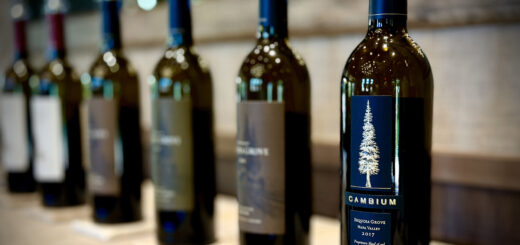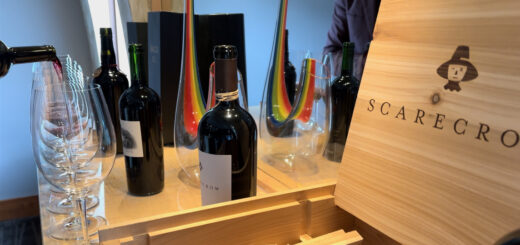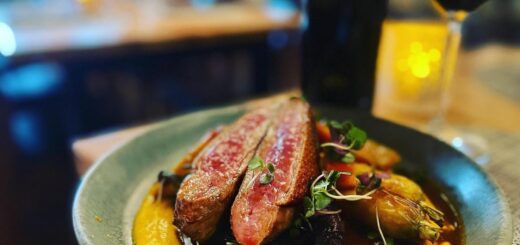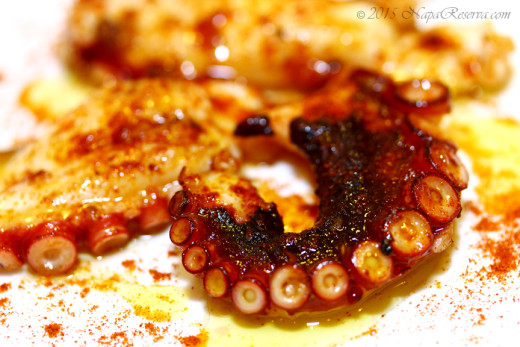Wines of Dao, Portugal
Dão is a wine region situated in northern Portugal, neighboring some of the most important wine provinces in the area: Bairrada to the west, Beira Interior to the east, Vinho Verde to the north-west, and other smaller provinces. Taking its name after the famous river Dão, it is one of the oldest wine regions in Portugal; the region has known several set-backs in the past, all leading to the fame and success the regions is blessed with in present times. Though Douro Valley is more likely associated with Port, Touriga Nacional, the main grape used for producing this wine, originated in this area. This native grape variety is increasingly planted in the more recent days of Dão, gaining more international attention than ever.
Geography and climate
 Situated in a mountainous area, winegrowing is influenced by a temperate climate and a rough granite terrain. Though crossed by nine rivers, most vineyards are planted along the banks of Dão, Mondego’s tributary. The region’s temperate climate is sustained by a semicircle of granite highlands (the eastern Beiras), partially canceling the effects of the proximate Atlantic Ocean, therefore leading to short rainy winters and long hot and dry summers; the granite layer is all too common in the area, and it is generally covered in a sandy coat, successfully retaining a good amount of humidity. Due to the shielding geographical position, Dão’s terroir is generally homogeneous, leading to a more specialized production. Most vineyards are planted in elevated areas, (situated between 150–450m), exposing them to the sun and cooler night temperatures; as a result, wines of Dão are known for a desirable acidity with tannic reds and full bodied, fresh whites.
Situated in a mountainous area, winegrowing is influenced by a temperate climate and a rough granite terrain. Though crossed by nine rivers, most vineyards are planted along the banks of Dão, Mondego’s tributary. The region’s temperate climate is sustained by a semicircle of granite highlands (the eastern Beiras), partially canceling the effects of the proximate Atlantic Ocean, therefore leading to short rainy winters and long hot and dry summers; the granite layer is all too common in the area, and it is generally covered in a sandy coat, successfully retaining a good amount of humidity. Due to the shielding geographical position, Dão’s terroir is generally homogeneous, leading to a more specialized production. Most vineyards are planted in elevated areas, (situated between 150–450m), exposing them to the sun and cooler night temperatures; as a result, wines of Dão are known for a desirable acidity with tannic reds and full bodied, fresh whites.
Viticulture:
Major grapes:
- Red varieties: Tinta Roriz, Touriga Nacional, Jaen, Alfrocheiro Preto;
- White varieties: Encruzado, Malvasia Fina, Bical;
The area is home to a few dozens of native grape varieties, and it is generally associated with red wines. Covering 80% of the production, red varieties are known to be deep colored and tannic; Touriga Nacional is highly preferred in the area, with an at least 20% of the production, though wines made with Tinta Roriz are gaining increasing international attention in the last years. Recently, Port wines made with these two varieties have been made the hallmark of the region. Though associated with red grapes, Dão’s terroir is suitable for whites as well, producing the finest Encruzado wines.
Wine
As proof to Dão’s relevance in Portuguese winemaking, the most important wine producer of the region, Sogrape, resides in the area; the company happens to be the main wine producer in Portugal, gaining a lot of popularity with Mateus, an exquisite rose wine. Sogrape’s vineyards are rooted in the soils of Quinta dos Carvalhais, but its modest production led to importing most of the grapes from nearby areas. Producing millions of liters of wine, the process adopted by its vignerons is similar to older systems, typical to the Salazar regime.

